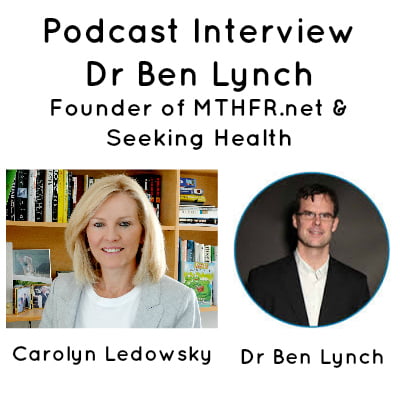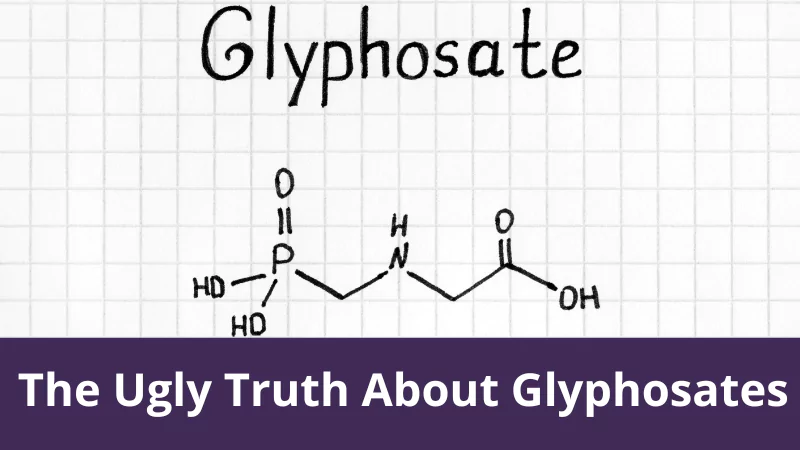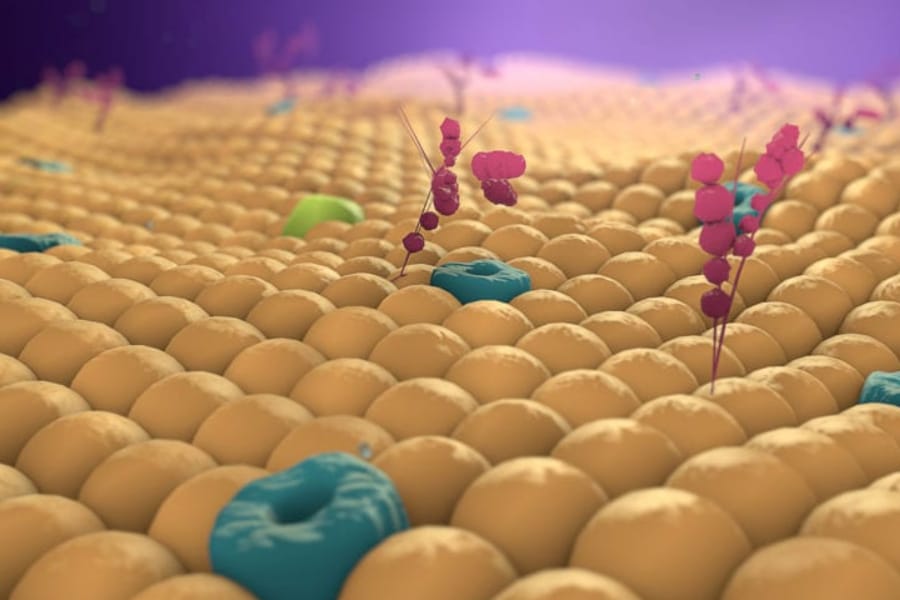Neural tube defects are a group of congenital abnormalities caused by failure of the neural tube to form normally.
For example, in spina bifida the bony arches of the spine, which protect the spinal cord and its coverings, fail to close. More severe defects of fusion of these bones will result in increasingly serious neurological conditions.
Other neural tube defects include the failure of fusion of the cranial end of the neural tube which gives rise to a number of disorders which usually include protrusion of the brain lining and a skull defect. This often causes severe mental and physical disorders.
Research
Zhang et al (2013) have studied the association between several genes involved in folate metabolism and the risk of developing Neural Tube Defects, of which are the most common and severe congenital malformation worldwide.
This meta-analysis examined 85 studies focusing on MTHFR C677T, MTHFR A1298C, MTR A2756G, MTRR A66G and RFC-1 A80G and thier links with the development of Neural Tube Defects. Overall the evdience showed a strong correlation with the MTHFR C677T mutation and a potential assocation with the RFC-1 mutation and the development of Neural Tube Defects. The other mutations involved in folate metabolism and methylation were not found to be linked with NTD’s.








